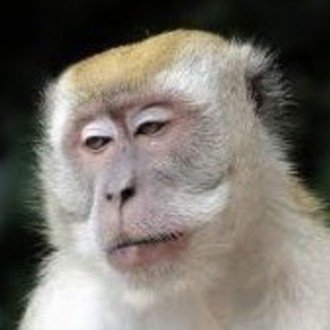
Does Ginza still retain its old traces?

This is a map of Ginza from 1951, right before the signing of the Treaty of San Francisco. Looking at this map, a lot of things come into focus.
Ginza is like two different neighborhoods, split by Harumi Street. Before the 5-chome area, it’s one thing, and after that, it’s something else entirely. Originally, the name “Ginza” only applied up to 4-chome.
From 5-chome onward, it was called Owaricho. But even before the war, the area beyond 5-chome was actually more lively. This side of town had a lot of textile wholesalers, and the entertainment here was considered more refined. In fact, beyond 5-chome, the Kobikicho area was known for its black-fenced streets. It was a place where rickshaws carrying geisha from Shinbashi used to pass through. Speaking of which, the Shinbashi Geisha Association had its office in Ginza 7-chome.
The map centers around the 4-chome intersection.
At the top left corner of the intersection, there’s a police box—same place as today. Right behind it stands the San-ai Building. This was built by Kiyoshi Ichimura, though back then, it didn’t have its current cylindrical shape. That change happened in 1963. Ichimura was a fascinating businessman—best known as the founder of Ricoh, but he also served as the first president of the Nishi-Ginza Department Store, which opened during the Tokyo Olympics. He’s also the guy who renovated the Gaien Constitution Memorial Hall into what is now the Meiji Memorial Hall.
Next to it, there’s Kyukyodo and Nihondo. A little further down is the Washington Shoe Store. Beside it, there’s a narrow alleyway marked “You can pass through,” which led to 2nd Avenue. This alley was still around when I was a kid.
Across the alley stood Morinaga. That place lasted quite a long time, but now it’s been absorbed into the Meitetsu Group’s Melsa shopping complex.
Now, let’s go back to the intersection for a bit. Right in front of San-ai is the Lion Beer Hall. Next to it is Taishodo, followed by Tsukigase, a famous sweets shop. Across a small alley from there was Coq d’Or. My mother loved that place, so she took me there many times. It started as a French restaurant on the second floor of Tsukigase but had already become an independent establishment by the time of this map. Back then, it was one of the top French restaurants in Ginza.
Going there meant dressing up in embarrassingly fancy little outfits—something I absolutely hated. I remember desperately hoping I wouldn’t run into any of my school friends.
Further down was Hakubotan. This whole area had been reduced to rubble during the war, but in just six years, it had bounced back this much. Pretty amazing when you think about it.
Ah, that reminds me—when I read Matsumoto Seicho’s Point and Line, I was thrilled to see Coq d’Or mentioned in the book.
いいなと思ったら応援しよう!

